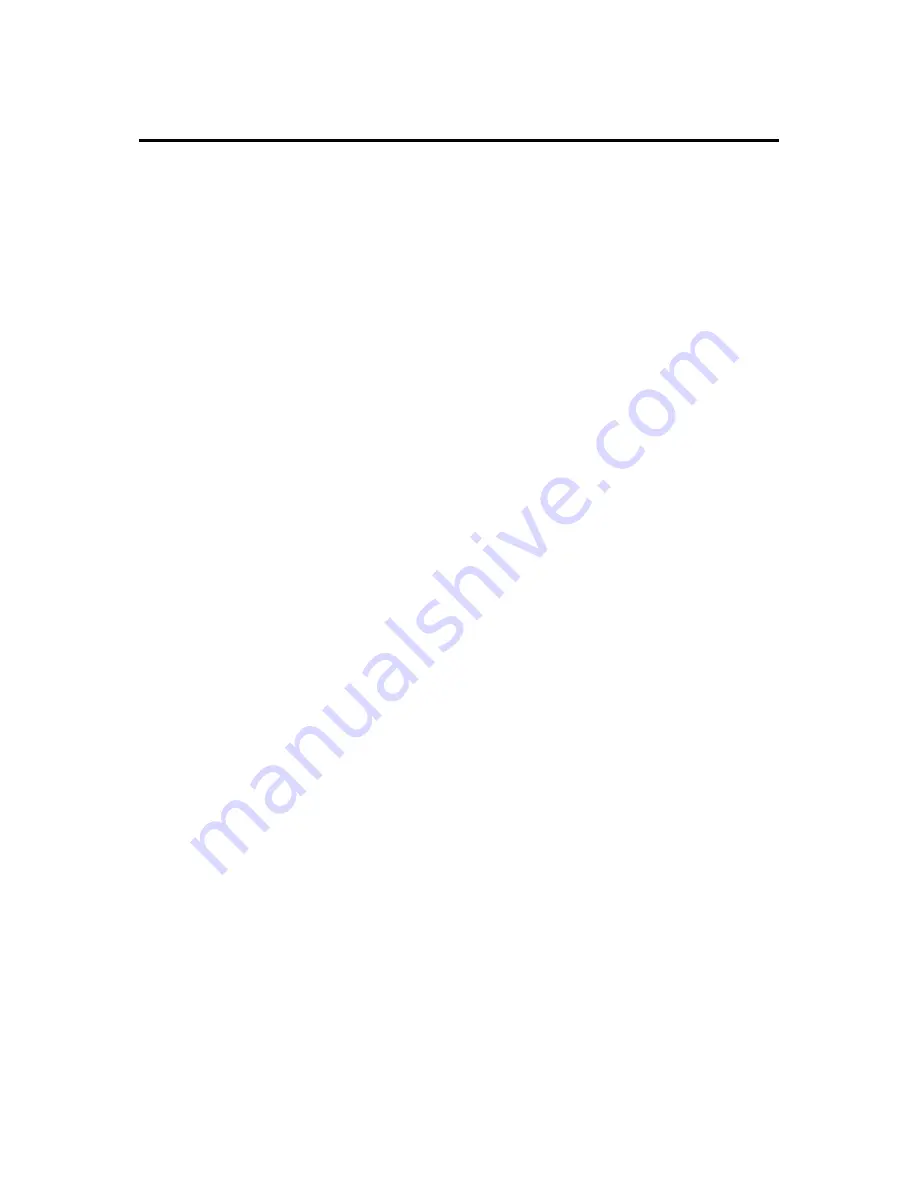
24
Safety Information
Checklist
Common Rail (Tier 3) Specific
In addition to the general safety notices and general good workshop practices issued in this
section and throughout the manual, there are specific points to note when completing
maintenance on Tier 3 equipment.
Diesel Fuel Quality
Important
: The potential for engine damage due to the use of incorrect or contaminated
fuel is much greater with common rail injection technology than with mechanical injection
systems.
Effects of Contamination
Once inside the system, fuel circuit contaminants greatly effect the performance and life of
the fuel injection equipment. For example, contaminants in the fuel pump will develop
internal wear to cause internal leakage and hence lower discharges. Use of poor quality
fuels and poor maintenance could also lead to contaminants entering the fuel injectors.
There is a possibility of catastrophic equipment failure if debris should prevent the injectors
from fully closing. The main contaminants can be classified as follows: These contaminants
can appear during manufacture, assembly and operation.
- Solid Particles - sand, fibres, metallic particles, welding scale, sealing materials and
wear particles etc.
- Liquid - usually water and incompatible oils and gases.
- Gases - air, sulphur dioxide etc. which can create corrosive compounds if dissolved
in the fluid.
It is critical that the machine is thoroughly cleaned prior to completing any maintenance
work. The main filter is rated at 2 micron = 0.002mm (0.0007874in).
Listed are a few typical comparisons of micron size:
- Red Blood Cell = 8 Microns (0.008mm, 0.000315 in).
- Human Hair = 70 microns (0.07mm, 0.00275 in).
- Grain of Salt = 100 microns (0.1mm, 0.00394 in).
- The smallest particle visible to the naked eye is 40microns (0.00157 in)
approximately.










































